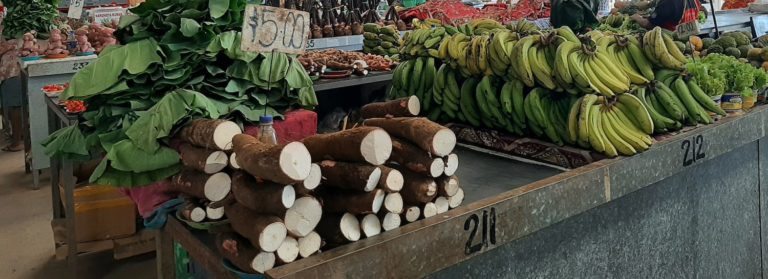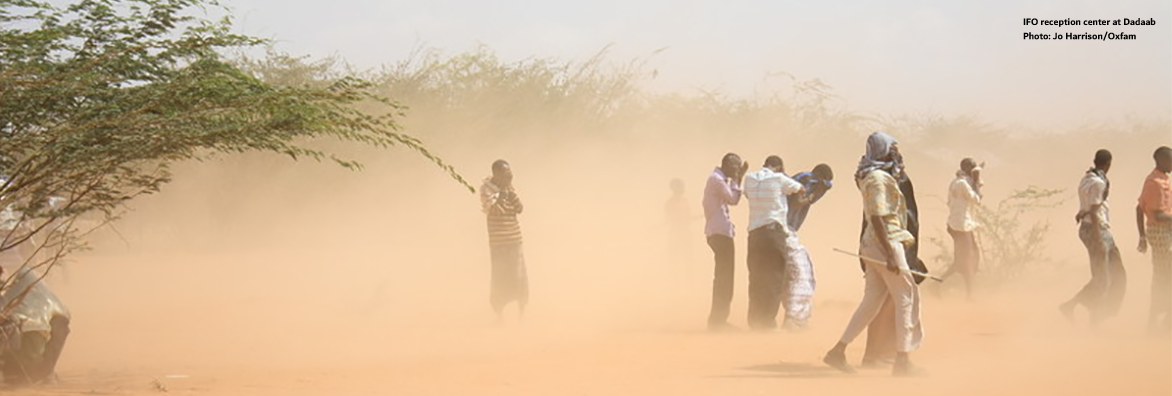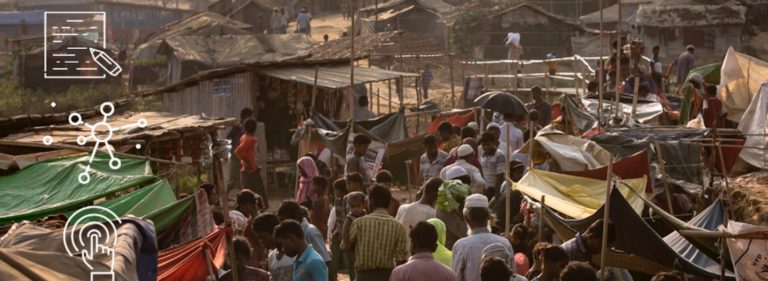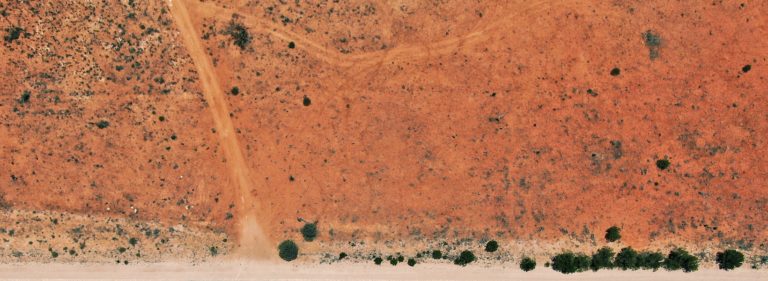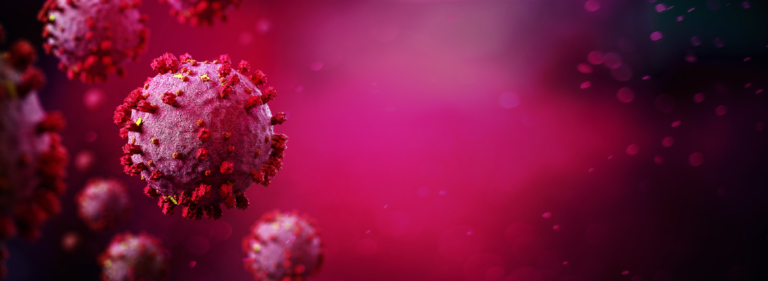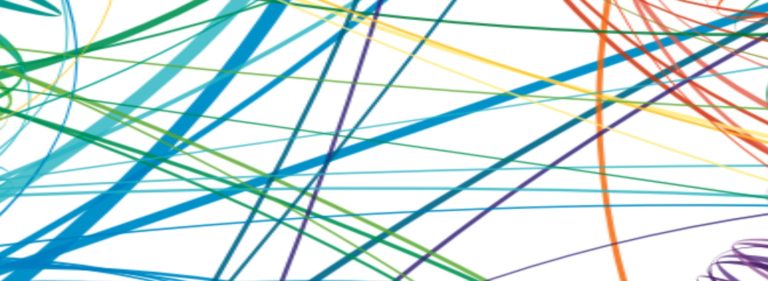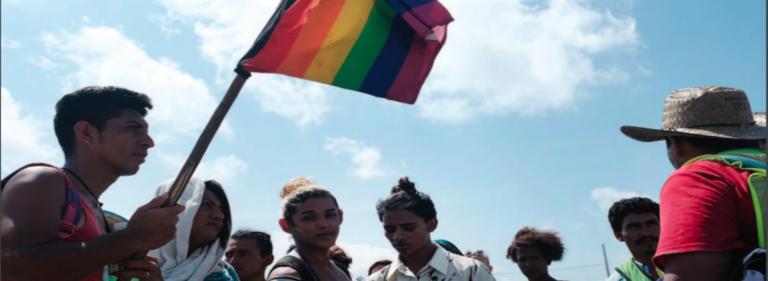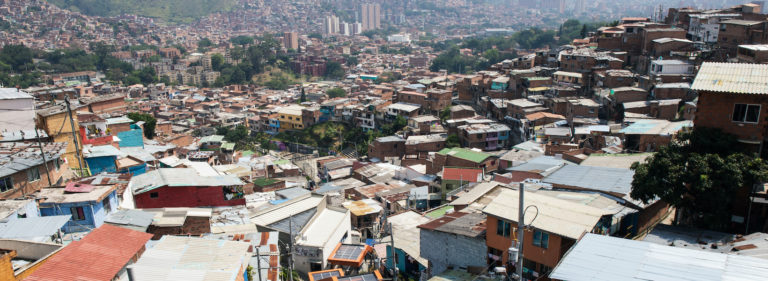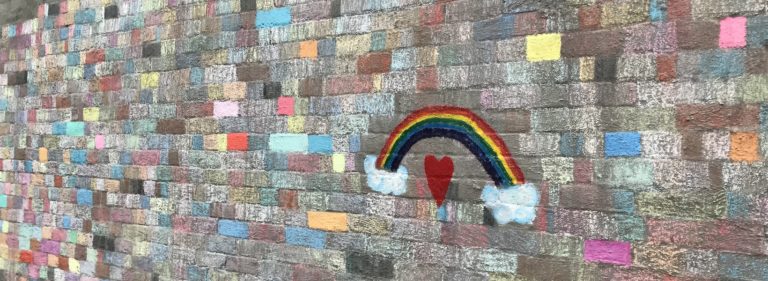This Think Piece is by Kirsty McKellar, one of Edge Effect’s 2020 interns. Kirsty has recently completed her masters of Development Studies at the University of Melbourne. As part of these internships, students are asked to write a Think Piece about an issue or area of particular interest: for Kirsty, this meant exploring the ways in which hegemonic heteronormativity has been reified by the global Covid-19 response.
COVID-19 has had far-reaching and unforeseeable impacts on our world. It has offered us a chance to reflect on—and has made it impossible to turn away from—pre-existing inequalities and inequities. This pandemic has disproportionately impacted people of colour, low-income earners, women, and people with diverse sexual orientations, gender identities and expressions (SOGIE). It is not because members of these groups are inherently more susceptible to COVID-19, but because of the structural inequalities that marginalise them. Marginalised people and groups have reduced access to housing and financial security, have smaller financial safety nets, and are more likely to work in insecure and unsafe industries (such as meat packing, a COVID-19 ‘hot spot’ sector). For some groups, seeking medical attention is not only less likely, but less likely to be taken seriously. This marginalisation stems from many factors: racism, sexism, classism and hegemonic heteronormativity.
This Think Piece identifies the ways in which various global north government responses have reinforced the agenda of hegemonic heteronormativity, and what this means for communities with diverse SOGIE.
Identifying hegemonic heteronormativity
When I say hegemonic heteronormativity, I am referring to a world order and system of governance, upon which heteronormative and cisnormative ideals are maintained and reinforced. Our institutions and systems are designed with the assumption that all people are heterosexual (attracted to people of the ‘opposite’ gender, using the male/female binary) and cisgender (identify with the sex they were assigned at birth).
Hegemonic heteronormativity is built into our government and governance systems: it is the default setting around which all else is organised, as well as a set of rules that those who yield power (such as government figures or influential community leaders) may draw on to exclude and subjugate certain populations. It manifests in the ways certain actions and characteristics are idealised over others. These actions and characteristics are both norms that are legitimised and reproduced by the state, and culturally sanctioned norms created within local communities.
Hegemonic heteronormativity in pandemic responses: The ‘neutral’ provision
For people with diverse SOGIE, the COVID-19 pandemic and response has compounded pre-existing marginalisation around the world. Prior to the Novel Coronavirus, the specific needs and capacities of people with diverse SOGIE were not often considered in disaster preparedness by government or internationally.
Recognising this, and following the onset of the COVID-19 pandemic and global lockdowns, Victor Madrigal-Borloz, UN Independent Expert on protection against discrimination and violence of gender and sex minorities, proposed a framework called the ASPIRE guidelines. This framework aims to advance the inclusion of individuals with diverse SOGIE backgrounds in COVID-19 responses.
ASPIRE calls for the explicit acknowledgment that Lesbian, Gay, Bisexual, Transgender (LGBT) and gender diverse individuals have been “hard-hit” by the pandemic, where LGBT civil society groups need to be supported, and where LGBT individuals need protection mechanisms in place from state actors. Significantly, ASPIRE addresses the indirect discrimination gender and sex diverse individuals face.
Where government regulations and assistance during the pandemic have been painted as an “otherwise neutral provision or practice”, they do in fact disproportionately put populations with diverse SOGIE at a disadvantage. Some humanitarian actors have commentated that these barriers have not been acknowledged or addressed during ‘normal’, pre-pandemic times, and are now being further exacerbated during COVID-19.
Globally, most governments have turned their gaze inward: border closures, skirmishes to develop the COVID-19 vaccine, economic support packages that privilege some industries (and types of workers) over others, and other pandemic response mechanisms have further revealed what and who the state considers most valuable.
This is not hard to recognise in Australia, where ‘in’ vs ‘out’ groups have been repeatedly identified, elevated and subjugated. The Morrison administration’s economic stimulus packages clearly focused on propping up the ‘Australian-owned’ small business, whilst ignoring the plight of international students who became quickly othered—even being encouraged to “return to their home countries” as Morrison said verbatim. While this is not an instance of the exclusion of people with diverse SOGIE, it is demonstrative of the way in which states have used the COVID-19 pandemic to divide the ‘worthy’ from the ‘unworthy’.
During the COVID-19 pandemic, the support of in-groups and rejection of out-groups has become more pronounced, as governments move to secure their state’s by looking inward: literally looking at who is and isn’t in the country as part of containing, reducing or eradicating the virus, and ontologically securing its borders from existential threats. This turn inward is just one part of a struggle to maintain power (including heteronormativity!) in the face of significant economic and social upheaval, as uncertainties and threats spurring from the pandemic–both physical and existential–have grown.
Hegemonic heteronormativity is always as explicit as telling some people to stay and some people to go and—as will be presented in this next section—as providing some people with access to the services and spaces that ensure a life worth living, and denying others these context-specific tools that would facilitate leading an equally dignified life.
COVID-19 and diverse SOGIE communities in the global north
As noted in Equality Australia’s most recent report into the impact of COVID-19 on Australian LGBTIQ+ communities, directives given by state governments across the country remain at best blurry and at worst exclusionary for individuals that do not fit into rigid heteronormative frames. One example is that of social distancing guidelines that refer to ‘families’ and ‘households’. It remains unclear of their application to non-nuclear households where partners do not live together, or where ‘chosen’ families exist across multiple households.
The diverse SOGIE community is more likely to experience discrimination, violence and abuse from nuclear families than non-diverse SOGIE individuals, and for this reason are more likely to establish chosen families and close safety nets. Given this, such unassuming policy directives as the one just mentioned have real life implications for contributing to domestic violence and the infliction of psychological abuses on an already at-risk community.
Outright International identified that the lockdown restrictions imposed in Russia to protect individuals from the spread of COVID-19 was a highly isolating experience for the SOGIESC diverse community. Mikhail Tumasov, Chair of the Russian LGBT Network remarked that: “No one can go to LGBTIQ centers [sic] or events, as all have been cancelled, which is hard, especially in light of the hostile context we face in Russia”. In an increasingly repressive and homophobic country these closures have devastating consequences. For many young people who might still live at home, the closure of schools, community centres and places where queer communities gather made staying protected and connected incredibly difficult.
According to ILGA Europe, many countries have placed urgent elective surgeries on pause. In Scotland, this has meant transition-related surgeries have been cancelled, and the waitlist in the Gender Identity Clinic suspended. Many retailers of hormone replacement therapies are at full capacity, and with the addition of lockdown laws exacerbating precarious work and income scenarios, this has left many in the trans community unable to access important health services.
In each of these cases, seemingly “neutral” provisions to combat COVID-19 and ensure public safety had tangible, negative impacts for the diverse SOGIE community. These policies are rooted in assumptions and understandings of society that come back to hegemonic heteronormativity. If we are to protect all members of our community, it is this system of governance that demands critical analysis.
Hegemonic heteronormativity in pandemic responses: Purposeful exclusion and ‘business as usual’ policies
It is not just ‘neutral’ provisions that are impacting diverse SOGIE communities—some governments have used COVID-19 to further openly discriminatory agendas. It is no coincidence that as COVID-19 cases have risen globally, transgender individuals–those often most physically visible in the Western LGBTIQ+ spectrum–have been targeted.
In the US, transgender folks can now be refused access by healthcare professionals under the Trump administration’s erasure of non-discrimination protections. Boris Johnson’s plans in the UK to ease restrictions around legally changing one’s gender identity have been scrapped, and in Hungary, Orbán’s far-right government has seized the chance to legally tie gender to one’s chromosomes at birth, a wickedly overt move to ensure transgender identities are delegitimised in the eyes of the law.
In an overtly homophobic move by Poland (and eerily similar to Nazi-era ‘Judenfrei’ zones), one-third of Poland’s land-mass has been declared an ‘LGBT-free’ zone. Municipalities across a third of Poland support resolutions that deem LGBT+ activists’ work as threatening children, youth, families and schools with indoctrinating ideologies that go against the fundamental norms and values of Polish society.
Although one could put these actions down to a multitude of factors–fascist politics, self-interested elites, religious intolerance–there is an overarching system that is allowing, facilitating and reproducing the oppression and exclusion of diverse SOGIE identities: hegemonic heteronormativity. These policies have been designed to de-humanise the diverse SOGIE community at a time when collective recognition of humanity has never been more important. What purpose does legalising transphobia in the healthcare system serve, if not preventing trans folk from accessing healthcare? What purpose does tying gender to chromosomes serve, if not denying trans and non-binary folks from actualising their gender? These are questions we need allies in positions of power to ask, and for governments and humanitarian actors alike to address.
What next?
We know that homophobia and transphobia manifest in many ways—and COVID-19 has given us new examples of the ways in which heteronormativity appear covertly and overtly.
These policies maintain and reinforce hegemonic heteronormativity. They demonstrate that guarantees to equal access can always be un-done, that all policies impact different people unevenly, and that heteronormativity creeps into our institutions and societies in multifaceted ways. Most importantly, they demonstrate the need for deep, structural change. It is obvious that ‘business as usual’ policies aren’t doing enough to ensure equality, nor promote the rights of the diverse SOGIE community during COVID-19 responses.
At a bare minimum this requires government’s acknowledgment that SOGIE diverse communities are being disproportionately impacted by COVID-19 restrictions, and that this is strongly linked to governance that is both guided and structured by heteronormative ideals.
It further necessitates a close relationship between LGBTIQ+ led civil society groups, and government. In the process of working toward strengthening these long-term connections, we must maintain emergency support services during the pandemic that ensure the inclusion and dignity of diverse SOGIE and SOGIESC communities. Just as the humanitarian sector has nascently begun to shift its thinking about gender (and, more recently, diverse SOGIE) in the context of disaster risk reduction, so too must we begin this work in public and community health epidemic and pandemic responses.
Un-doing, or even just ameliorating these inequalities, requires a nuanced and multi-pronged approach where government, international bodies and humanitarian and development actors work together to understand the needs of diverse SOGIE populations. This will not be our last health pandemic, nor will it be the last time that different crises overlap.
This article has focused on the inadequacies of global north governments in responding to the Novel Coronavirus as a single threat—a stand-alone disaster—that exacerbated pre-existing inequalities and inequities. In the future it is likely we will sit in the face of double (or perhaps triple, quadruple or quintuple) disasters, like has been experienced in the Pacific Island nations of Fiji and Vanuatu with Tropical Cyclone Harold intersecting with COVID-19 this year.
Important conversations need to be had at the international, national and community levels respectively. Watching the flailing and failing of governments in response to COVID-19 provides us with an opportunity to see where people with diverse SOGIE are most discriminated against, and how we should move forward. This is the first time that many nation states have collectively concerned themselves with citizens’ health over their economic contribution to national GDP. Economic recession has forced governments to pay higher unemployment benefits, for Australia moving jobseekers above the poverty line. Social welfare movements that are gaining traction like those promoting a Universal Basic Income if implemented would have serious positive implications for the diverse SOGIE community, that currently relies on precarious and greater-risk roles to sustain livelihoods.
What we know is that band-aid fixes are inadequate—that true inclusion requires structural change. In order to move forward, practitioners and community members need to work together to think critically about the ways in which heteronormativity is used as a governance tool to inform policy decisions and actions. Ultimately, we must ask ourselves whether our systems, institutions, bodies and leaders are working for everyone—including diverse SOGIE groups—or whether they are working to maintain the status quo.





